Bullet Development
I had two major issues to address when designing my bullets.
First and foremost I needed a bullet that would travel safely down any rifle barrel of appropriate calibre at acceptable pressure for a given muzzle velocity.
Secondly I wanted the bullet to perform in a partially frangible manner at all sensible impact velocities.
These two factors had to be achievable with an appropriate design and non toxic material.
I started with 6mm as it's my favourite calibre. Once the design was finalised, test bullets were produced in a variety of diameter dimensions in terms of the inner and outer bearing diameters on the bullet. Given that the bullets are machined on a Swiss lathe this is relatively straightforward for a precision engineer. Thankfully from my perspective I have a precision engineering company locally who are perfectly set up for the job. Test bullets were machined in 5 micron diameter ranges and tested. This testing went well and the final diameter dimensions on the 6mm bullet were finalised.
The next stage was then to see how the bullets behaved on impact, initially using ballistic gel and a 3 bag water trap. These tests were conducted at 200 yards.
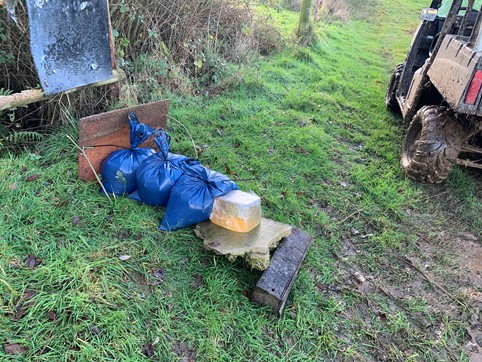
Almost every super sonic bullet will be stopped by 90cm of water and the bags also serve as an excellent collection device for the bullet fragments.
The testing was very encouraging and I was able to collect the fired bullets on every occasion they were fired through the ballistic gel.

Picture above taken of the ballistic gel from the entry point of the bullet. It clearly shows the expansion of the bullet.

Picture above taken of the ballistic gel from the top again showing initial expansion and fragmentation of the bullet.
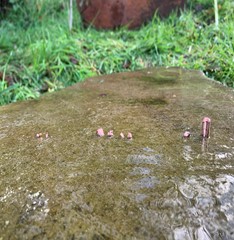
Picture showing bullet pieces recovered. Far left are the very smallest pieces recovered from bag closest to the gel. Middle group is the pieces recovered from the second bag and right hand group (essentially the main bullet shank) recovered from the furthest bag.
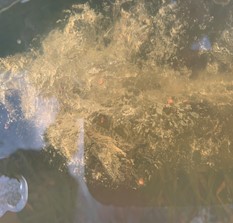
This picture is a close up of the ballistic gel from above showing a few fragments remaining in the gel.
These tests were conduct on numerous occasions and proved very consistent in terms of the bullet's terminal performance. The shank's retained weight is 5/8ths of the total bullet weight.
Satisfied with the bullet's performance on gel, the time came to test the bullet on live quarry.
I am lucky in having access to quite large areas of ground to stalk and as such it was straightforward for me to test on live quarry. I don't propose to publish lots of gory pictures of dead animals however there are a number of pictures below showing 6mm bullet performance on Roe. In my view Roe are the ideal test subject given they are a very soft skinned animal and, as such, the most likely to show problems with bullet expansion if there is one.
Suffice to say I have found the performance on Roe (and Muntjac) very satisfactory and, having shot a large number during the last doe cull, consistently so. Subsequently I have had the opportunity to cull both Fallow and Sika again with very satisfying results with the complete calibre range of my bullets.
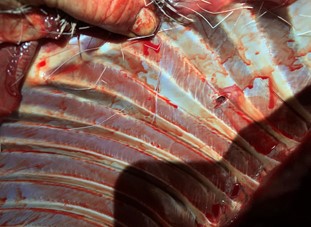
Typical entry above
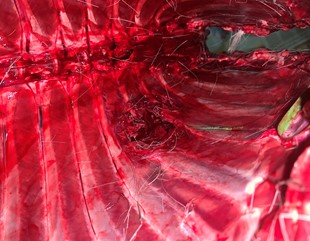
Typical exit above
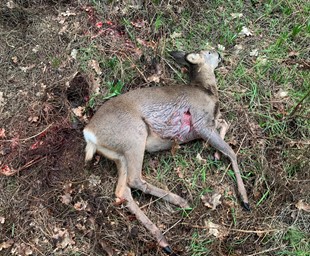
The animal featured in these photos
